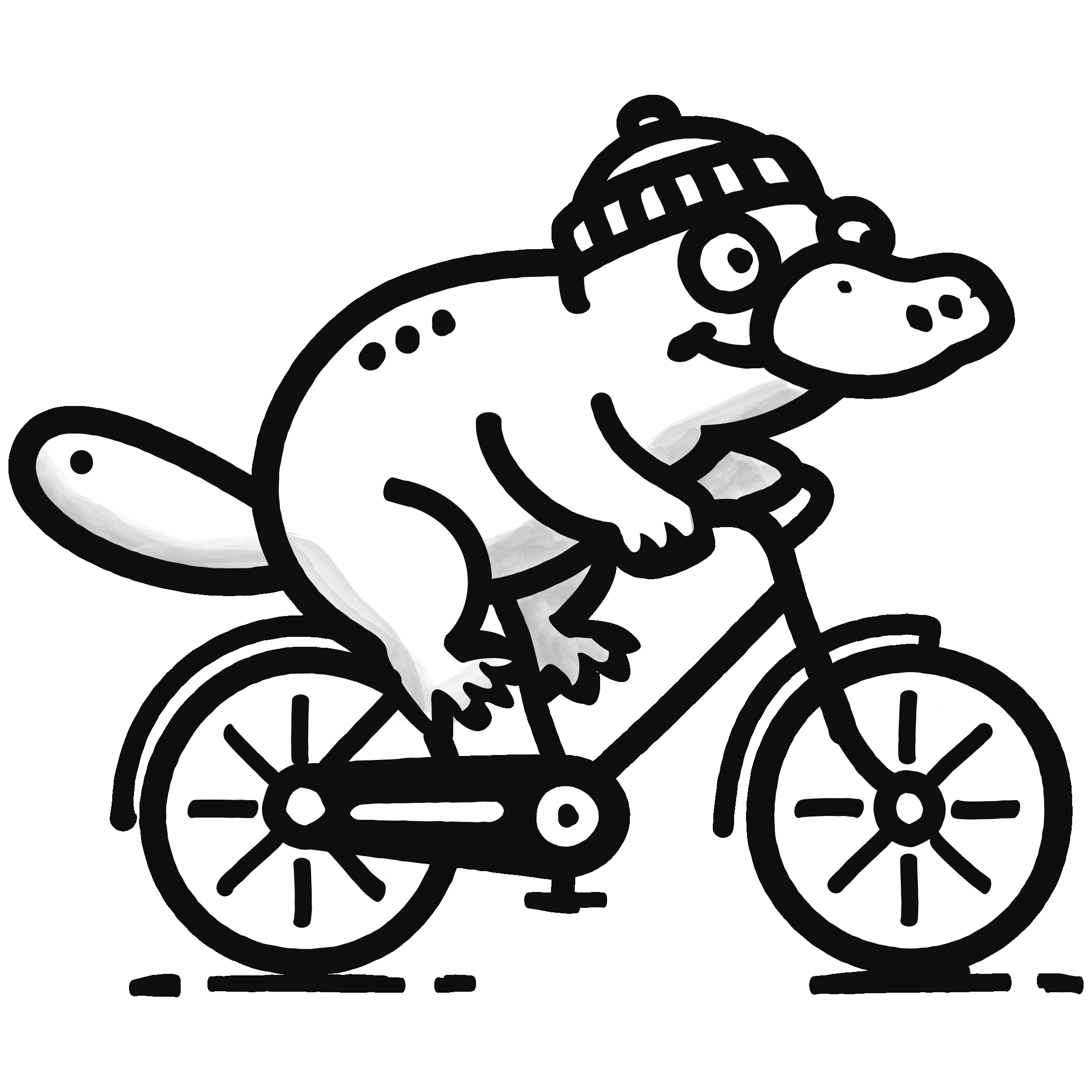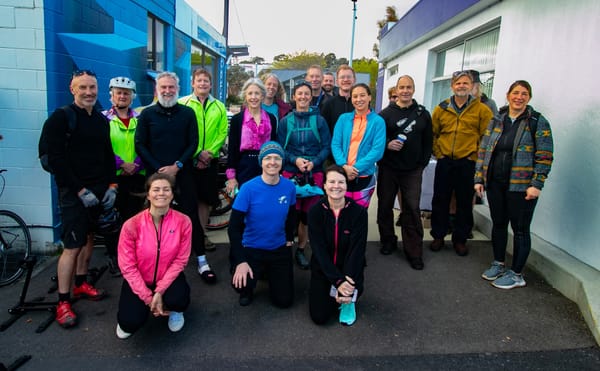People Spend More When They Walk or Ride

Why People Spend More When They Walk or Ride into a CBD
It’s a well-documented phenomenon: cities that prioritize walkability and cycling often see increased spending in their central business districts (CBDs). The reasons behind this are rooted in psychology, convenience, and the unique experiences that pedestrian- and cyclist-friendly environments foster.
1. Time to Linger, Time to Spend
Walking or cycling into a CBD encourages people to slow down and engage with their surroundings. Unlike drivers, who often focus on navigating traffic and finding parking, pedestrians and cyclists have the freedom to browse shop windows, notice restaurants, or stumble upon street markets. This extra time spent lingering translates into more opportunities for unplanned purchases and dining.
For example, a study conducted in Portland, Oregon, found that cyclists and pedestrians spend up to 40% more at local businesses per month compared to motorists. The same principle has been observed in Melbourne, where pedestrianized streets have significantly boosted foot traffic and retail sales.
2. Accessibility Equals Opportunity
Car-free or low-traffic zones make it easier for people to access a variety of shops and services without the stress of parking or traffic congestion. This accessibility fosters a more enjoyable shopping experience. A report from Transport for London highlighted that customers who walked, cycled, or used public transport to access retail areas spent more over time than those who drove.
Moreover, reducing car traffic in CBDs often creates space for wider sidewalks, outdoor seating, and street vendors, all of which contribute to a vibrant, attractive shopping environment. These enhancements encourage visitors to stay longer and explore more.
3. Healthier, Happier Customers
Walking and cycling are not only environmentally friendly but also boost physical and mental health. A study from the University of East Anglia revealed that people who commute actively—by walking or cycling—report lower levels of stress and higher overall happiness. Happy customers are more likely to make purchases and support local businesses.
4. Local Spending Over Chains
Pedestrian-friendly environments tend to favor small, local businesses over big box stores and chain outlets. Walkers and cyclists are more likely to shop at nearby establishments, supporting independent retailers and the local economy. In Copenhagen, Denmark, businesses located in pedestrian zones reported a significant increase in sales, driven by foot traffic rather than car dependency.
5. Street Design Drives Sales
Street design plays a critical role in encouraging spending. Features like protected bike lanes, shaded seating areas, and well-maintained pavements create an inviting atmosphere. Cities that have invested in these features—such as New York City’s pedestrianized Times Square—have seen substantial economic benefits. In NYC, retail rents in pedestrian zones increased by as much as 180%, reflecting the desirability of these spaces.
6. Environmental and Social Appeal
For many shoppers, the decision to walk or cycle is aligned with personal values such as sustainability and community engagement. By shopping in walkable or bike-friendly CBDs, people feel they are contributing to a cleaner, greener urban environment. This sense of purpose can enhance the overall shopping experience and loyalty to local businesses.
Conclusion
When cities design their CBDs to prioritize pedestrians and cyclists, they create an environment that invites exploration, supports local businesses, and fosters a sense of community. The result is a thriving local economy where people spend more—not out of obligation, but because the experience is enjoyable, accessible, and aligned with their values. By investing in walkable and bikeable spaces, cities like Hobart can unlock the full economic potential of their CBDs and create a vibrant hub for residents and visitors alike.




